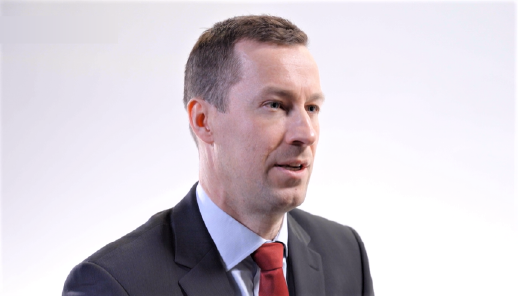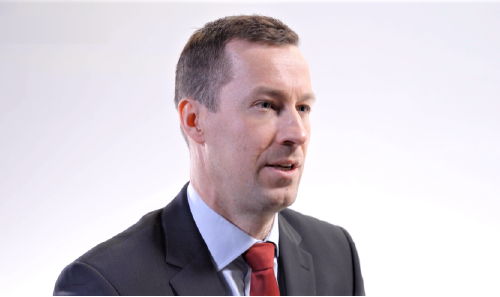The renewed value of personalised service in the era of digital

Teemu Riihijärvi, Deputy Head of Asset Management & Advisory at Banque Havilland S.A
The industry-wide shift toward digital solutions has impacted wealth management in countless ways, forcing larger players to scramble to adapt and allowing startups to fill gaps in the market. Another consequence has been renewed appreciation, especially among young HNWIs, for face-to-face interaction.
It goes without saying that the demand for digitalised services has been steadily growing over the years and accelerated during the pandemic. Although the shift toward digitalisation has not been as deleterious to wealth management as a whole as it has been to stock brokerages, for example, it has posed some challenges and opportunities. Adapting requires significant investment in new infrastructure, and it means that traditional business models have to be rethought, altered, or even scrapped. Larger players and those struggling with profitability might see the shift toward digital interaction as a way to cut costs. Meanwhile, many fintech startups and robo-advisors – which can build their entire infrastructure from scratch – have prospered due to their agility and competitive advantage.
A reappraisal of face-to-face interaction
While digital transformation in so many financial sectors seems irreversible and ubiquitous, in wealth management, we have recently seen something of a reversal, that is to say, a renewed desire for more traditional face-to-face contact. Interestingly, this is particularly true of the youngest generations of HNWIs, millennials as well as those from Generation Z, who are becoming the new target group for wealth management services. This is quite a remarkable development considering that unlike Baby Boomers and Gen Xers, most of these youngest HNWIs with the internet, smartphones, and apps.
“While witnessing the demand for digitalised services growing, we also see wealthy private individuals looking more and more for personal face-to-face-interactions as opposed to getting services provided to them exclusively on digital platforms.”
“It goes without saying that the demand for digitalised services has been steadily growing over the years and accelerated during the pandemic.”
Teemu Riihijärvi
Striking a balance
Every client expects a host of digital tools and interfaces to be available. Indeed digital tools are more than a courtesy or matter of efficiency: they are must-have features in any wealth management business model. However, overreliance on them will do little to endear your firm to clients, nor will it help to build the trust between a private wealth manager and client that is at the foundation of a long-term relationship.
“We aim to fully concentrate on clients and truly understand their needs and identify new sources of revenue.”
We can see a generational change resulting in a favouring of technology-based business models, but at the same time, this creates an opportunity for flexible wealth managers with capabilities to provide personalised service. For boutiques, the key is to exploit innovation opportunities by redesigning infrastructure – keeping in mind that technology only goes so far. As far as digital tools go, questionnaires, data collection and processing, and instant client feedback are vital and provide a wealth of information about the client’s situation and goals. Most of the bigger wealth managers and banks have moved fully into this direction, but somewhat defensively, both as a countermeasure to startups and fintech firms, but also to cut costs. The risk is that moving too much in this direction can lead to a decrease in the quality of services and make you indistinguishable from competitors.
Wealth managers must focus on the clients – understanding their needs and identifying new sources of revenue – through both digital and face-to-face interactions. Private banking is all about relationships, and many clients, particularly those in the Banque Havilland target demographic, feel strongly that relationships are best formed through close contact. Niche players such as Banque Havilland, with a relatively selected pool of clients, are quite well-positioned to really provide individualised attention.
“We are in the phase where we can concentrate on clients very well because we are still a growing bank with a relatively smaller number of clients.”
The more we get to know and understand our clients, the more we realise that for the most part, they prefer spending their time doing things they love and enjoying their wealth – instead of spending time on managing it.
(source: Paperjam)

